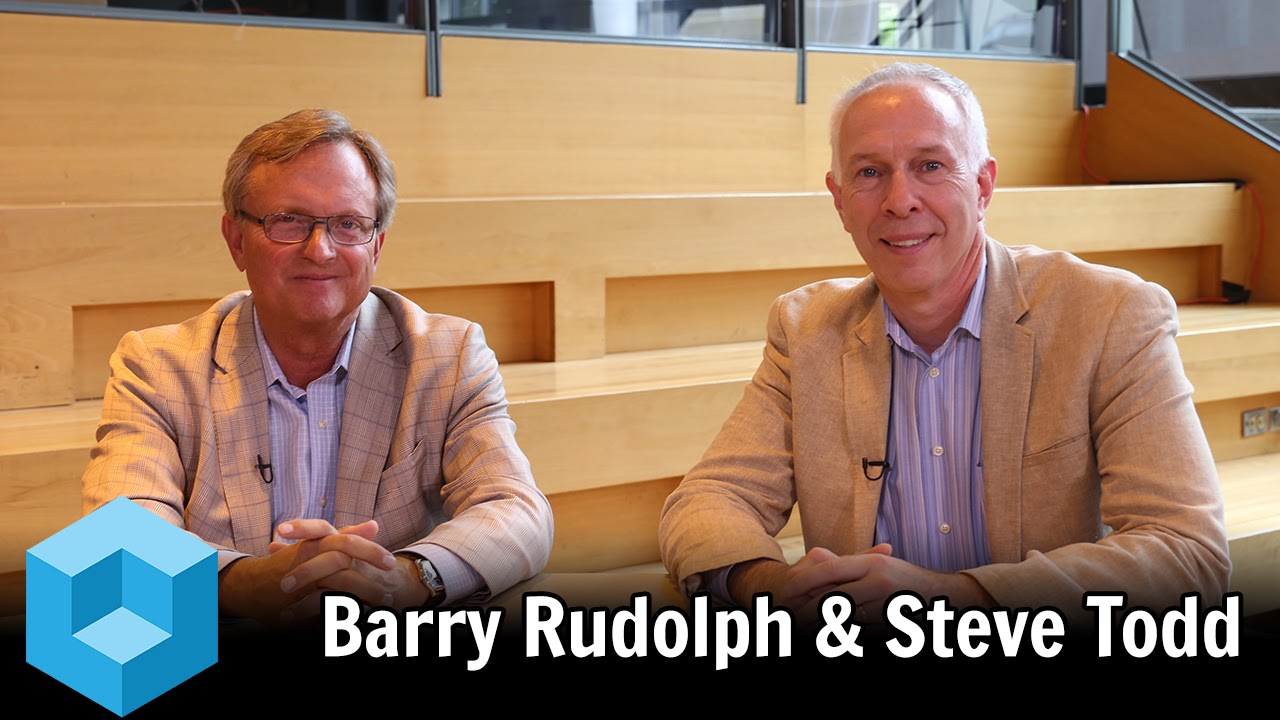 NEWS
NEWS
 NEWS
NEWS
 NEWS
NEWS
To keep data or not to keep data? That is the question many organizations are asking these days. And to discuss this topic, Steve Todd, EMC fellow, and Barry Rudolph, CEO of VelociData, Inc. spoke to Stu Miniman (@stu) and George Gilbert (@ggilbert41), hosts of theCUBE, from the SiliconANGLE Media team, during the MIT CDOIQ Symposium taking place at the MIT Campus in Cambridge, MA.
In general, old data is classified as lower value at best, a liability at worst. “But there’s evidence that it might more valuable in the future,” said Rudolph. As more and more companies get rid of their data, it’s possible that those that keep theirs might have insights into trends, as well as deeper analytics, that others might not have access to.
But there is a chance that it can indeed become a liability, and it’s not to be taken lightly. Todd recalled a coffee place that was hacked and got into trouble due to the information released as a result of its storage of receipts from 10 years ago.
For Rudolph, the “to store data or not to store” question comes down to asking yourself some questions and having a sense of what direction your organization is headed in.
“The fundamental construct is having an understanding of what data you want to store historically. You have to have some notion of what the fundamental linkages to the important applications and process of your business are,” he explained. “What are you trying to answer? And what might you want to answer in the future?”
By being anticipatory, you may be able to make better decisions about what to store and what to let go of, questions that a CDO would be able to help you answer, added Todd.
As for parting words of advice, Todd recommended building up a metadata repository along the data lake that contains evaluation information.
Rudolph suggested a unique perspective on how creating value externally for data assets is not that different from monetizing intellectual properties. These steps include: 1. Brainstorm adjacent markets that may find your data assets valuable. 2. Define markets that are competitive or noncompetitive. 3. Create terms and conditions around use of data that don’t overlap with your market.
Watch the full interview below, and be sure to check out more of SiliconANGLE and theCUBE’s coverage of the MIT CDOIQ Symposium.
Support our open free content by sharing and engaging with our content and community.
Where Technology Leaders Connect, Share Intelligence & Create Opportunities
SiliconANGLE Media is a recognized leader in digital media innovation serving innovative audiences and brands, bringing together cutting-edge technology, influential content, strategic insights and real-time audience engagement. As the parent company of SiliconANGLE, theCUBE Network, theCUBE Research, CUBE365, theCUBE AI and theCUBE SuperStudios — such as those established in Silicon Valley and the New York Stock Exchange (NYSE) — SiliconANGLE Media operates at the intersection of media, technology, and AI. .
Founded by tech visionaries John Furrier and Dave Vellante, SiliconANGLE Media has built a powerful ecosystem of industry-leading digital media brands, with a reach of 15+ million elite tech professionals. The company’s new, proprietary theCUBE AI Video cloud is breaking ground in audience interaction, leveraging theCUBEai.com neural network to help technology companies make data-driven decisions and stay at the forefront of industry conversations.